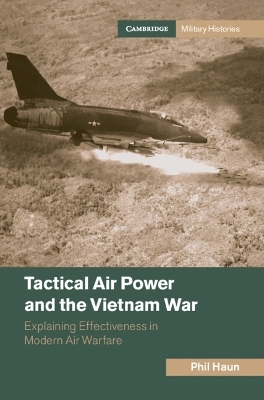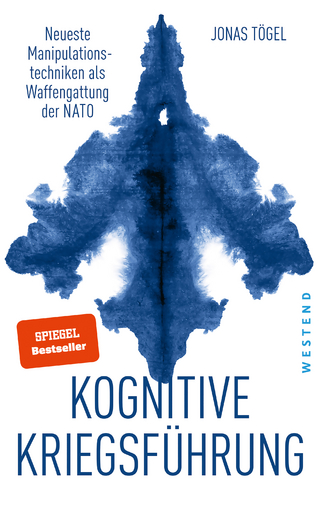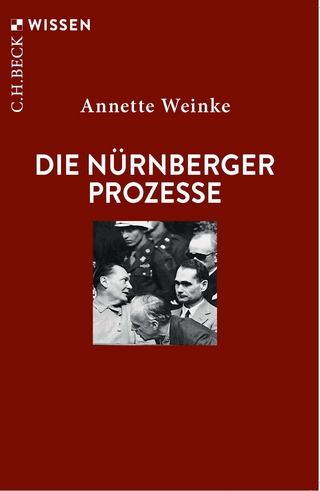
Tactical Air Power and the Vietnam War
Explaining Effectiveness in Modern Air Warfare
Seiten
2024
Cambridge University Press (Verlag)
978-1-009-36417-1 (ISBN)
Cambridge University Press (Verlag)
978-1-009-36417-1 (ISBN)
The book examines US air power in the Vietnam War and the air wars that followed. The book introduces a new theory of tactical air power along with the operational and environmental factors that explain the effectiveness of modern air power.
This book introduces a much-needed theory of tactical air power to explain air power effectiveness in modern warfare with a particular focus on the Vietnam War as the first and largest modern air war. Phil Haun shows how in the Rolling Thunder, Commando Hunt, and Linebacker air campaigns, independently air power repeatedly failed to achieve US military and political objectives. In contrast, air forces in combined arms operations succeeded more often than not. In addition to predicting how armies will react to a lethal air threat, he identifies operational factors of air superiority, air-to-ground capabilities, and friendly ground force capabilities, along with environmental factors of weather, lighting, geography and terrain, and cover and concealment in order to explain air power effectiveness. The book concludes with analysis of modern air warfare since Vietnam along with an assessment of tactical air power relevance now and for the future.
This book introduces a much-needed theory of tactical air power to explain air power effectiveness in modern warfare with a particular focus on the Vietnam War as the first and largest modern air war. Phil Haun shows how in the Rolling Thunder, Commando Hunt, and Linebacker air campaigns, independently air power repeatedly failed to achieve US military and political objectives. In contrast, air forces in combined arms operations succeeded more often than not. In addition to predicting how armies will react to a lethal air threat, he identifies operational factors of air superiority, air-to-ground capabilities, and friendly ground force capabilities, along with environmental factors of weather, lighting, geography and terrain, and cover and concealment in order to explain air power effectiveness. The book concludes with analysis of modern air warfare since Vietnam along with an assessment of tactical air power relevance now and for the future.
Phil Haun is a retired US Air Force colonel and decorated A-10 pilot. His is a Research Affiliate with the Massachusetts Institute of Technology's Security Studies Program and his previous publications include A-10s over Kosovo (2003), Coercion, Survival, and War (2015), Lectures of the Air Corps Tactical School (2019), and Air Power and the Age of Primacy (2021).
1. Introduction; 2. Tactical air power theory; 3. Vietnam and rolling thunder: 1965–1966; 4. Khe sanh and tet: 1967–1968; 5. Commando hunt I-III and cambodia: 1969–1970; 6. Commando hunt V-VII and lam son 719: 1971–1972; 7. Easter offensive and linebacker I & II: 1972–1973; 8. Analysis and conclusion; 9. Epilogue.
| Erscheinungsdatum | 09.01.2024 |
|---|---|
| Reihe/Serie | Cambridge Military Histories |
| Zusatzinfo | Worked examples or Exercises |
| Verlagsort | Cambridge |
| Sprache | englisch |
| Maße | 152 x 229 mm |
| Gewicht | 617 g |
| Themenwelt | Geschichte ► Teilgebiete der Geschichte ► Militärgeschichte |
| Sozialwissenschaften ► Politik / Verwaltung | |
| ISBN-10 | 1-009-36417-0 / 1009364170 |
| ISBN-13 | 978-1-009-36417-1 / 9781009364171 |
| Zustand | Neuware |
| Haben Sie eine Frage zum Produkt? |
Mehr entdecken
aus dem Bereich
aus dem Bereich
neueste Manipulationstechniken als Waffengattung der NATO
Buch | Softcover (2023)
Westend (Verlag)
24,00 €
Deutschlands Schwäche in der Zeitenwende
Buch | Softcover (2023)
C.H.Beck (Verlag)
18,00 €


